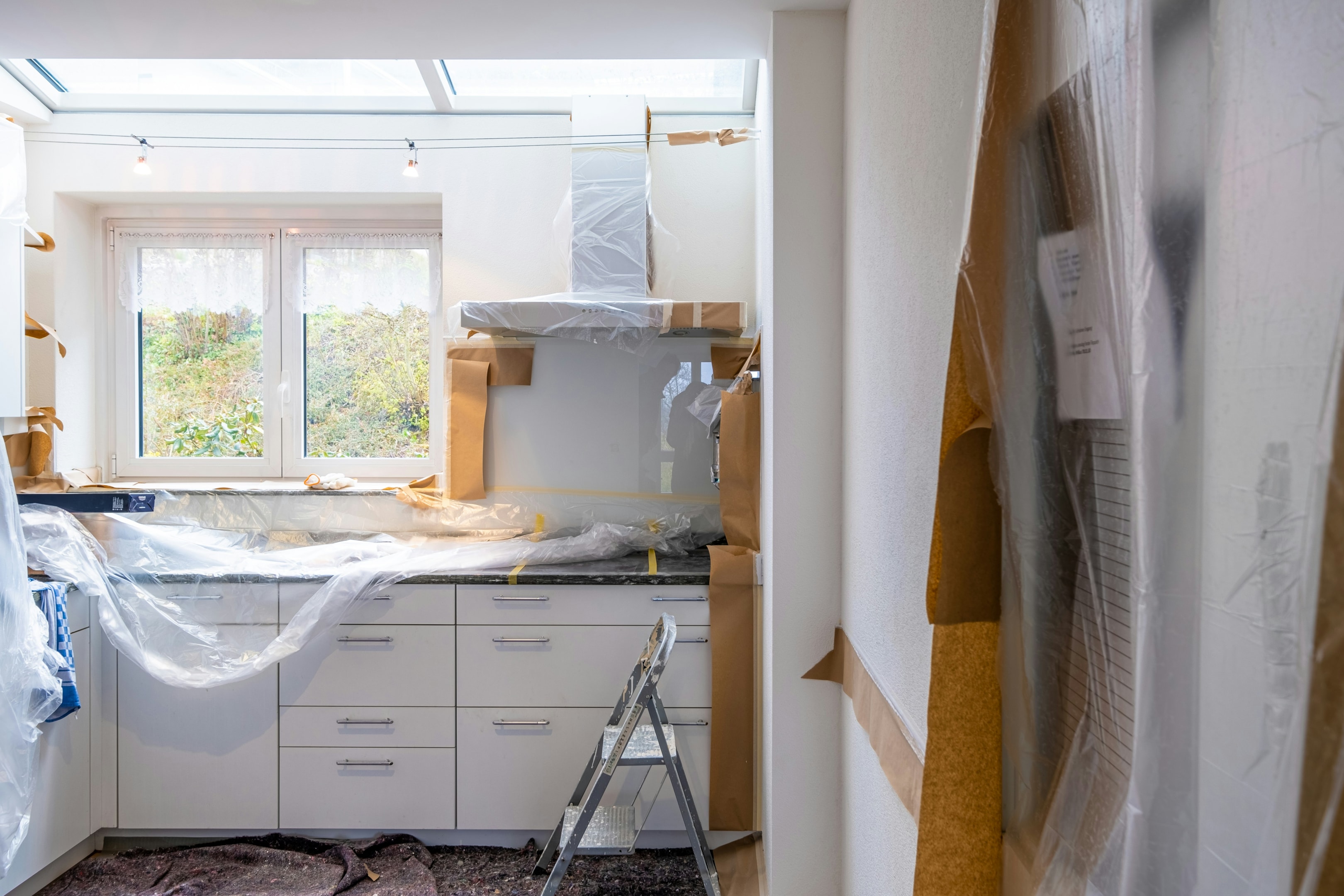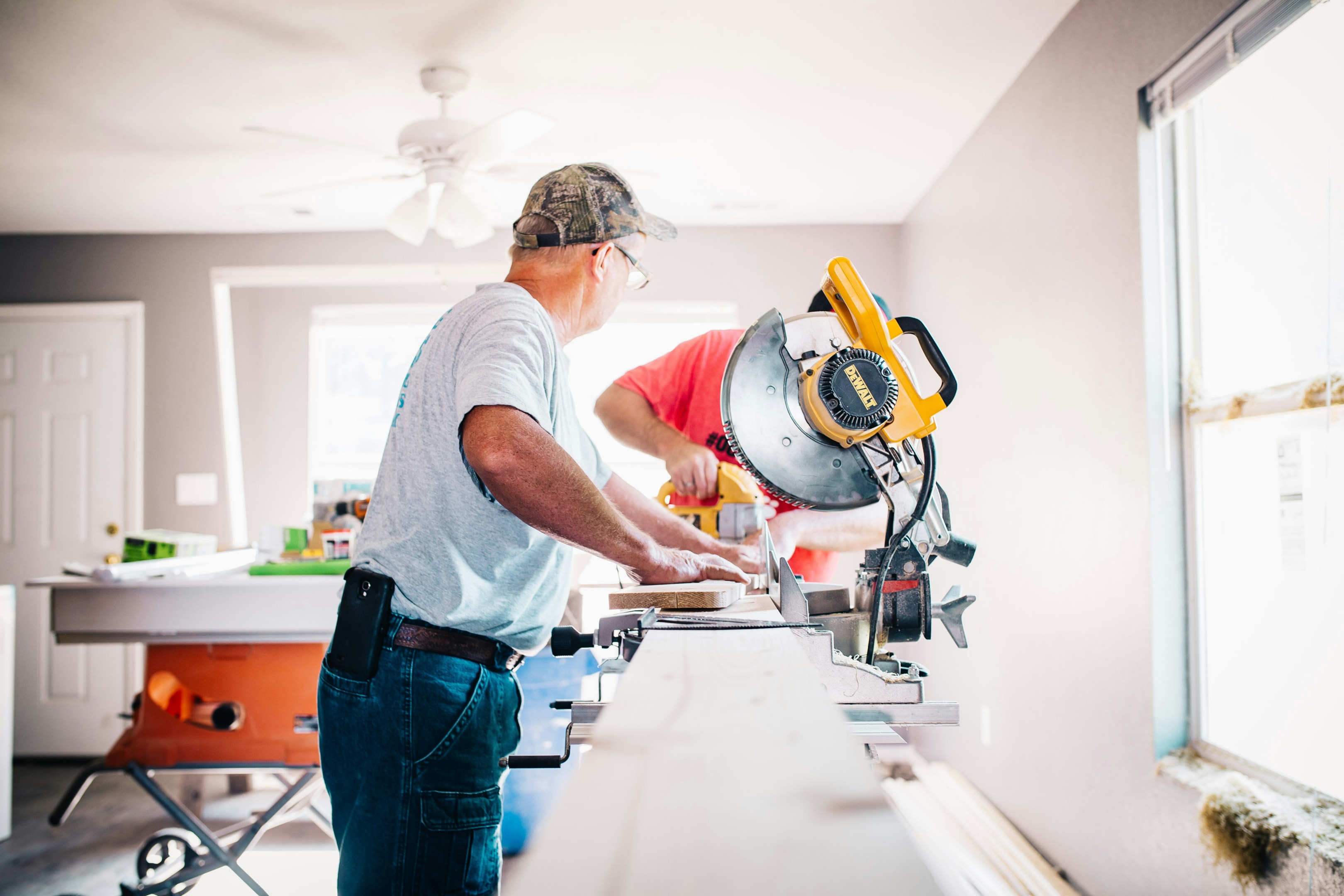Flipping First House: 7 Essential Steps for New Investors
Flipping your first house can be an exciting yet challenging project. This article will guide you through the critical steps: understanding house flipping, evaluating your readiness, securing financing, finding the right property, planning and managing renovations, and marketing your finished flip. These essentials will help set you on the path to a successful "flipping first house."

Understanding House Flipping
House flipping is a real estate investment strategy focused on buying properties at a low cost, renovating them, and selling them quickly for a profit. The fundamental principle is to buy low and sell high, ensuring that the purchase price plus renovation costs are significantly less than the selling price. Many investors choose to flip houses while flipping a house to maximize their returns through flipping homes.
Successful house flippers emphasize the importance of patience and thorough property evaluation. Rushing into a purchase without proper research can lead to unforeseen challenges and financial losses. A common strategy used by professional flippers is the 70% rule, which suggests buying properties at 70% of their after-repair value minus the cost of renovations, ensuring the maximum purchase price helps in maintaining a healthy profit margin.
The typical duration for flipping houses ranges from four to six months, depending largely on the flipper's experience and the complexity of the renovation. This timeline includes everything from the initial purchase to the final sale. Understanding these basics sets a solid foundation for your house flipping journey. To learn more where to find possible flips, see Leads for Flipping Houses: How to Find, Analyze, and Close Profitable Real Estate Deals.
Evaluating Your Readiness
Before starting house flipping, evaluate your readiness to avoid costly mistakes. Many novice investors underestimate the time and financial commitment required, including purchase price, renovation costs, and holding costs. Personal commitment is also crucial—being prepared to manage renovation timelines, contractor relationships, and having clear financial goals aligned with your risk tolerance helps reduce uncertainties.
Building a reliable support network of mentors and industry professionals is vital for success. Experienced house flippers bring essential project management and negotiation skills that help oversee renovations and transactions effectively. Careful evaluation of these factors ensures you are well-prepared to face the challenges of flipping your first house and increases your chances of a profitable outcome.
Researching the Real Estate Market
Market research is the foundation for a successful house-flipping project, enabling informed decisions. Key aspects include understanding local market conditions and property values to identify which properties to flip, as well as considering economic indicators like interest rates and job trends that influence prices. This helps spot undervalued homes with high profit potential. Tools like the Comp Criteria Cheatsheet assist in analyzing real estate comps, evaluating trends, and finding properties with strong flip potential, ensuring you don't overpay. Using multiple tools helps identify areas with high buyer demand and strong resale potential.
It's also important to know local tax and zoning laws to avoid costly mistakes. Conducting a Comparative Market Analysis (CMA) helps price the property correctly by considering factors such as location, condition, and recent renovations. Staying updated with market conditions and real estate trends keeps you ahead. Working with a knowledgeable real estate agent or having a real estate license provides an edge in accessing the Multiple Listing Service (MLS) and other resources. Real estate agents can also help navigate these aspects effectively.

Securing Financing for Your First Flip
Securing financing is crucial in your house flipping journey. Various financing options include hard money loans, private lenders, home equity lines of credit, and crowdfunding. Each option has its pros and cons, and your choice depends on your financial situation and project needs. To learn more about financing options available to you, see How to Finance a House Flip: A Guide for Real Estate Investors.
To secure funding, you need to meet specific credit score thresholds, demonstrate the property's potential profitability to lenders, and provide a detailed scope of work along with a comprehensive business plan that includes budget and potential returns. Lenders want to see a solid plan for turning the investment property into a successful fix and flip. Understanding different financing options and preparing thorough documentation increases your chances of obtaining the necessary funds, whether borrowing from traditional lenders or private investors.
Finding the Right Property
Finding the right property is crucial in the house flipping process. Undervalued options like foreclosures, short sales, bank-owned properties, and auctions present great opportunities for house flippers. First-time flippers often benefit from off-market properties due to less competition and better negotiation chances. Persistence and multiple strategies, including contacting distressed or vacant homeowners, help uncover high-potential deals.
When choosing a property, consider location, price, and renovation needs. Conduct thorough due diligence to avoid costly mistakes. Investing in distressed properties can lead to high returns because of their lower purchase prices, allowing for significant profit after renovations. To learn more about properties to invest in for house flipping, see What Type of Properties are Best for Flipping Houses Successfully?.
Planning and Budgeting Renovations
Planning and budgeting renovations are essential to turning your vision into reality. Begin with a thorough evaluation of the property's condition to identify necessary repairs, focusing on upgrades that appeal to your target market without over-customizing. Successful flippers often rely on construction skills or trusted contractors to manage renovation costs effectively. It's important to stay flexible and allocate an extra 20% in your budget for unexpected expenses like structural issues or permit delays. For tips on setting your budget, see A Complete Guide to Estimate Rehab Costs for Flipping Successfully.
Effective renovation management involves understanding local building codes, securing permits, maintaining clear communication with contractors, and conducting regular site visits to keep the project on schedule and within budget. Establishing a contingency fund helps cover unforeseen costs, ensuring your flip remains profitable and on track.

Executing the Renovation
Executing the renovation is a critical phase where progress is made by maintaining a clear timeline and staying on budget. Regular communication with your renovation team, frequent site visits, and updating your budget as the project advances help quickly identify and resolve issues, minimizing delays and cost overruns. Proactive management, including addressing potential setbacks early and having contingency plans, is essential to keep unexpected expenses in check and ensure the property is market-ready on time.
Marketing and Selling Your Flipped House
Effectively marketing and selling your flipped house is the final step to realizing your profits. Use high-quality photography, virtual tours, and social media advertising to attract local buyers and enhance the property's appeal on online platforms. Staging the home helps potential buyers envision themselves living there, while competitive pricing based on market research ensures a quick sale. Strategic investments in key areas like kitchens and bathrooms can significantly increase the property's resale value, making a combination of staging, pricing, and targeted marketing essential for a successful flip.
Key Takeaways for Successful Flipping
Successful house flipping requires careful planning and budgeting, including purchasing costs, renovation funds, holding costs, and a contingency fund to cover unexpected expenses. Following the 70% rule—keeping total costs below 70% of a property's after-repair value—helps maintain healthy profit margins. Renovations should be strategic and aligned with neighborhood standards to maximize returns.
Building a reliable team enables faster progress and reduces costly mistakes, allowing you to focus on smart investment decisions. First-time flippers gain confidence and skills through hands-on experience, turning potential risks into successful, profitable flips rather than chasing quick riches.

Summary
Flipping your first house can be a lucrative venture when approached with careful planning and execution, including evaluating your readiness, managing budgets, understanding market conditions, and effectively marketing and selling your property. By following these essential steps, you can confidently navigate the house flipping process, learn from each experience, and build a successful flipping business. To learn more about what to look for when flipping a house, see Common Problems When Flipping Properties and How to Solve Them.